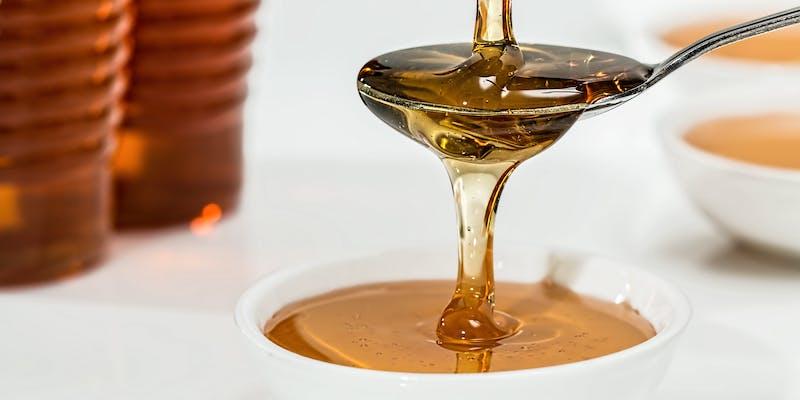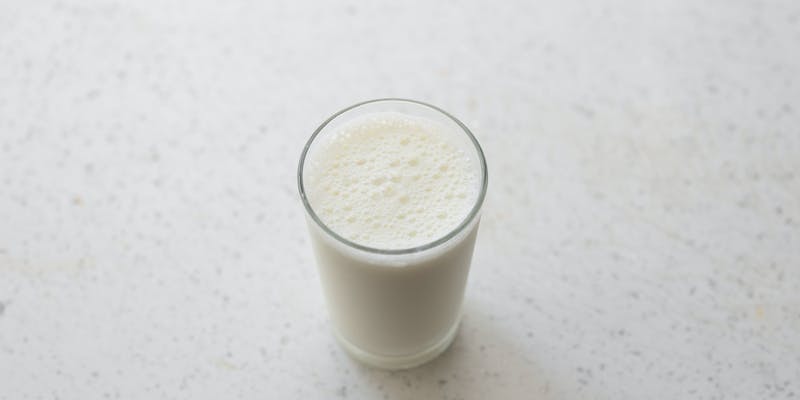Fructose Facts: Myths to Discover Its Real Impact on Health
Feb 20, 2024 By Nancy Miller
Fructose consists of 50% sucrose, widely known as table sugar. This substance is sucrose. The remainder comprises fructose vs glucose, an essential energy substrate for cellular processes. Before being metabolized by the body, fructose must undergo hepatic conversion to glucose. Fructose is present in numerous sweeteners, such as high-fructose corn and agave syrup. A product is presumed to have an elevated fructose structure content if its primary constituent is added sugar. Health advocates, including those associated with the American Heart Association, recommend that women limit their daily intake of added carbohydrates to no more than 5 teaspoons, whereas males should not exceed nine teaspoons.
Consumption of refined sugar in substantial quantities was not customary before its widespread production. While fructose may be detected in specific fruits and vegetables, its levels are generally minimal. However, fructose absorption is not universally comprehensive among individuals. These signs and symptoms suggest fructose malabsorption, including excessive flatulence and abdominal irritation.
Certain individuals might encounter gastrointestinal distress due to fructose structure being categorized as a FODMAP (fermentable oligosaccharides, disaccharides, monosaccharides). An intriguing attribute of fructose is its inconsequential effect on blood sugar levels. Therefore, some health professionals recommend fructose as a sweetening agent that is safer for individuals who have type 2 diabetes. However, we shall explore the potential correlation between an overabundance of fructose and a range of metabolic disorders.
Fructose: Natural or Added?

Fructose, both natural and synthetic, is one possible ingredient. Complete plants are used to extract fructose, which is present in nature. The phrase "added sugar" refers to compounds like sucrose, crystalline fructose, and corn syrup's high fructose structure content commonly found in packaged high fructose foods and drinks.
Dietary guidelines generally suggest keeping added sugar consumption below 10% of total calories, yet there is no hard and fast rule about how much fructose an individual should eat. When included in a 2,000-calorie diet, this would have fewer than 50 grams of added sugars. Among these numbers, almost 60% of American adults eat more additional carbs than is healthy, which stands out.
Pure fructose, present in plants and fruits, is not something to worry about. Refining high fructose foods and beverages that include it might be challenging. This is because these extra carbs, such as fructose, which are nutritionally useless, build up to a surplus of calories. Many health problems, including diabetes, obesity, and heart disease, have been associated with them.
Fruits in their full form contain more than just sugar. A further strategy to lessen sugar's negative effects is to eat a balanced diet high in fiber, vitamins, and minerals. Conversely, blood sugar levels and insulin resistance can spike dramatically and rapidly due to fructose structure consumption, particularly in liquid forms like sugary drinks and sodas. One potential outcome is that the body's fructose vs glucose regulation mechanisms are impaired.
How Fructose is Processed in Our Bodies
Fructose is digested sugar, not carbohydrate. Nutritionists disagree on this, especially when considering health impacts. A 2016 study showed no health concerns from fructose. However, eating too many fructose-rich carbs can cause weight gain and cardiovascular and metabolic diseases.
The liver controls our metabolism when ingesting high fructose foods like whole foods, carbohydrates, or corn syrup. Fructose is turned into energy by the liver. This method uses no insulin, unlike fructose vs glucose metabolism. Insulin helps cells absorb glucose and utilize it for energy. Fructose and other sweeteners have four calories per gram. Because insulin is not needed to absorb fructose, it does not affect blood sugar.
However, some people have trouble absorbing fructose, especially in large amounts. Hereditary fructose sensitivity can prevent fruit and vegetable consumption. This rare hereditary disease affects 1 in 20,000–30,000 persons annually. They should avoid sugar, fructose, and soda due to impaired metabolism.
Why Is Fructose Added to Foods and Drinks
Fructose comes mostly from sucrose and high-fructose corn syrup. Due to its sweetening properties, many meals and drinks contain it. The sweetness of fructose structure is shorter and more noticeable than sucrose. Instead of fructose, this feature must be employed to provide the same sweetness in a low-calorie product.
Fructose has uses beyond flavor in food manufacture. It mixes well in liquids due to its solubility. In addition to being sweet, fructose is hygroscopic and absorbs water. Hydration is important while processing food. Humidifying fructose helps food hydrate. Frozen vegetables have a better texture, while bread and baked high fructose foods last longer due to these properties. Due to its flexibility in food processing, fructose is used in many everyday products.
Why Fructose Can Be Harmful

Remember that the body processes fructose differently than glucose and other carbs. While all cells can use fructose vs glucose, the liver is responsible for fructose metabolism. Excess fructose, especially from high-calorie meals, can overload the liver. Fructose becomes cancerous fat in reaction to this chemical.
Numerous scientists have blamed increased fructose consumption for many current health issues. Cancer, obesity, and heart disease may result from type II diabetes. More research is needed to discover how much fructose causes these issues.
The next section discusses fructose's many health risks. Initially, blood lipids may be altered. High fructose consumption increases organ-surrounding adipose tissue, which raises VLDL cholesterol and cardiovascular disease risk. Excess fructose elevates uric acid, which can cause hypertension and gout. Fat accumulation in the liver can cause NAFLD. High fructose diets induce insulin resistance, obesity, and type II diabetes. Fructose does not make you feel full; therefore, you may not be as eager to exercise. Finally, fructose overconsumption may lead the body to misuse leptin, a hormone that promotes obesity and fat control.
The Negative Impact of Too Much Fructose
Despite the fructose dispute, the research shows troubling tendencies. Excess fructose, found largely in added carbs, may have various harmful effects. The effect of fructose on blood lipids is alarming. Some evidence suggests fructose raises VLDL cholesterol. Visceral obesity, a cardiovascular risk factor, may result. Fructose increases blood uric acid. Psoriasis and hypertension are linked to high uric acid.
Another consideration is fructose's liver effect. Overconsumption of fructose causes hepatic . Overconsumption of fructose causes hepatic adiposity. Non-alcoholic fatty liver disorder (NAFLD), a growing medical issue, may be dangerous if addressed. Fructose can also impair the feature of one of the most essential hormones for blood sugar management. Fructose vs glucose affects appetite differently than other sugars. Such a habit can lead to overeating and weight gain. High sugar intake may also alter leptin, which controls body fat. This disturbance may worsen obesity.

8 Gift Ideas for Those Desperate for a Better Night’s Sleep

Understanding High Triglycerides

Exploring the Power of Tea Tree Oil for Acne Relief: Benefits and Tips

Top 15 Dermatologist-Recommended Products for Acne Scars

How Russian Twists Strengthen Your Core and Shoulders

Tasty Options: Gluten-Free Salad Dressings You Will Really Love

Raw Milk Realities: Evaluating the Pros and Cons of Unprocessed Dairy


